MS-423 PVG GOLD LEAF ELECTROSCOPE FLASK TYPE
Consist of a 100 ml. conical borosilicate flask. A brass rod passes
through a cork which seals the mouth of flask, upper end of which
is in the form of a disc and at lower end gold leaf is attached
SKU: MS-423 GOLD LEAF ELECTROSCOPE FLASK TYPE
Category: Physics & Electronic Laboratory Apparatus
Be the first to review “MS-423 PVG GOLD LEAF ELECTROSCOPE FLASK TYPE” Cancel reply
Related products
Physics & Electronic Laboratory Apparatus
Physics & Electronic Laboratory Apparatus
Physics & Electronic Laboratory Apparatus
Physics & Electronic Laboratory Apparatus
Physics & Electronic Laboratory Apparatus
Physics & Electronic Laboratory Apparatus
Physics & Electronic Laboratory Apparatus
Physics & Electronic Laboratory Apparatus

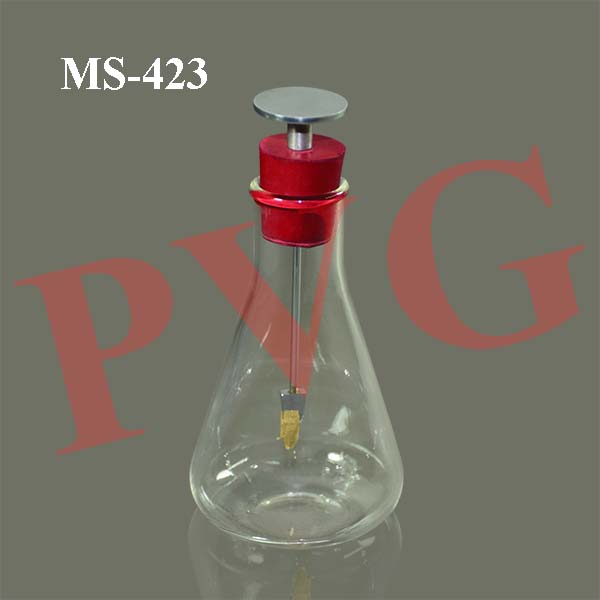
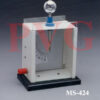

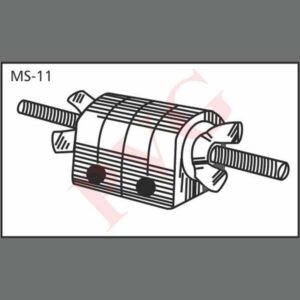
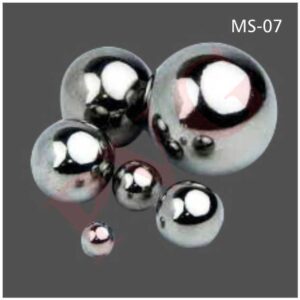
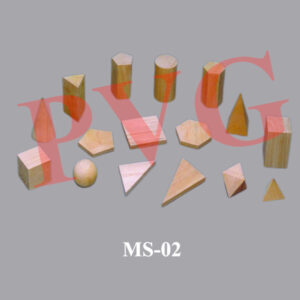
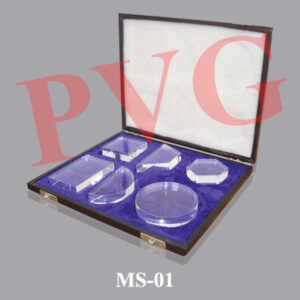
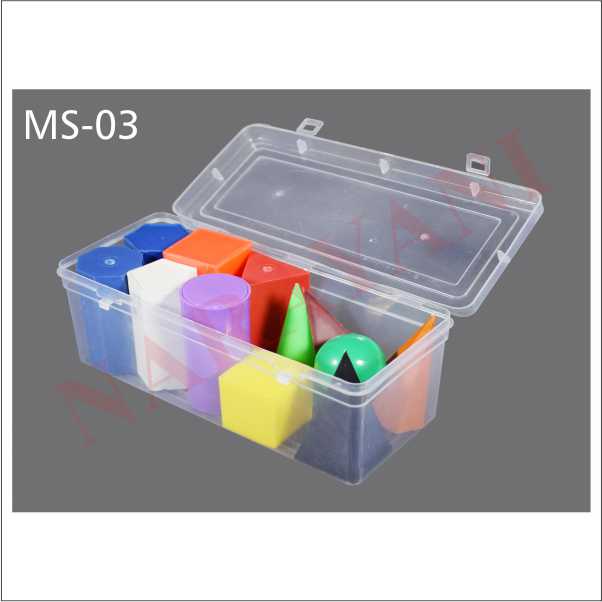
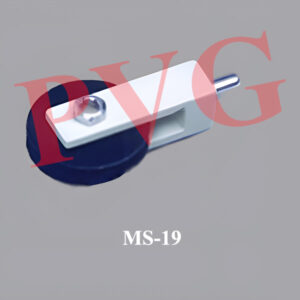
Reviews
There are no reviews yet.